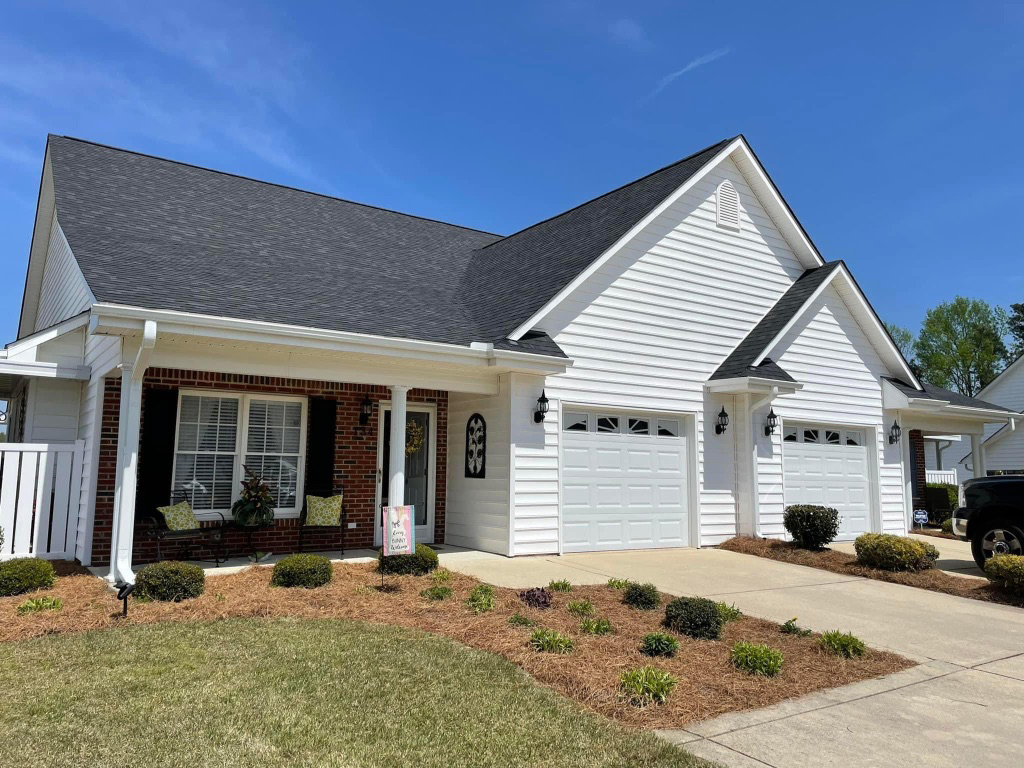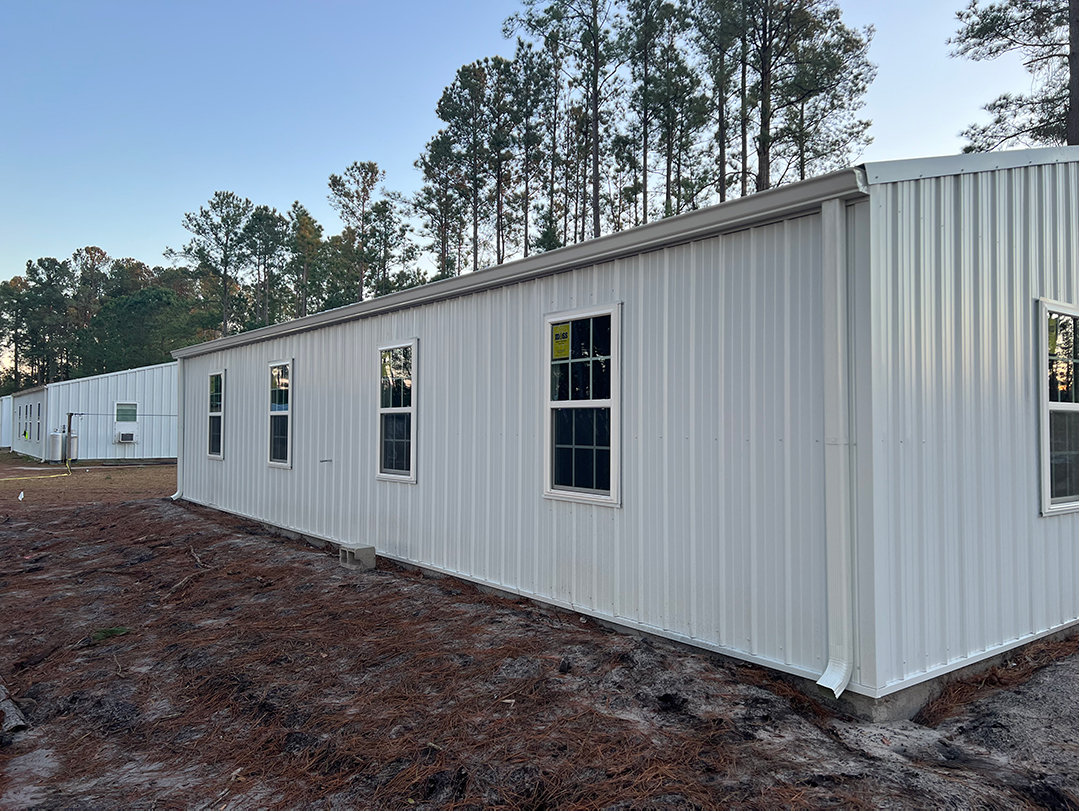
Avoid These 5 Common Mistakes When Installing Rain Gutters
In the home construction and improvement industry, a company’s reputation is everything. Offering quality work and excellent craftsmanship leads to satisfied customers and repeat business. Every installation project is an opportunity to turn a first-time customer into a lifelong client. Conversely, when things go wrong or the installation isn’t up to standard, it puts both your reputation and success at risk. For this reason, it’s vital to always prioritize workmanship and service quality, especially when installing rain gutters.
Rain gutters may seem like a simple aspect of home improvement, but improper installation can cause significant problems over time, such as foundation damage, leaks, and structural issues. For contractors and DIY homeowners, knowing what to avoid can make the difference between a job well done and one that results in costly repairs later.
Here are the five most common rookie mistakes made during rain gutter installations and how to avoid them:
Mistake #1: Using the Wrong Rain Gutter Size
Choosing the right gutter size is fundamental to ensuring your system works effectively. If the gutters are too small for the home’s needs, they’ll become overwhelmed by heavy rainfall, leading to overflows. This can result in inefficient drainage, gutter damage, and even foundational issues around the property.
- Considerations: To select the proper gutter size, you need to consider two factors:
- Average regional rainfall: In areas with frequent heavy rain, larger gutters are often necessary.
- Roof size and pitch: The larger and steeper the roof, the more rainwater it will direct into the gutters.
Failing to account for these factors often results in undersized gutters that can’t keep up with heavy rainfall, causing overflow and structural damage. If you’re unsure which size is appropriate, a professional can calculate the correct gutter size based on these factors.
Mistake #2: Gutter Hangers Spaced Too Far Apart
Gutter hangers are the unseen heroes of your gutter system. They are what secure the gutters to the home, ensuring they remain firmly in place and maintain their structural integrity. However, placing these hangers too far apart is a common mistake that compromises the system’s strength.
- What happens with improper spacing?
- Gutters will start to sag due to the weight of pooled water, particularly in sections where hangers are too far apart.
- Over time, this added strain may cause the gutters to pull away from the home, leading to water damage.
To prevent sagging and ensure proper support:
- Place gutter hangers at least every three feet.
- In northern climates where snow and ice accumulate, reducing hanger spacing to two feet is recommended to handle the additional load.
By spacing hangers correctly, you can prevent water buildup and extend the life of your gutter system.
Mistake #3: Improper Pitch
The pitch (or slope) of your rain gutters is a critical element in ensuring that water flows smoothly away from the home. Incorrectly angling the gutters can cause problems, either by sending water through too quickly or, worse, allowing it to sit in the gutters.
- Too steep a pitch: When gutters are installed with too steep of a slope, water rushes through the system too quickly. This may cause overflow at downspouts or spillovers during heavy rains, reducing the gutter’s effectiveness.
- Not enough slope: On the other hand, if the gutter pitch isn’t steep enough, water will pool inside the gutters instead of flowing out. Standing water leads to clogs, and over time, the weight of that water can cause the gutters to sag or pull away from the home.
The solution? For every 10 feet of gutter, there should be a ¼-inch slope towards the downspouts. This gentle angle allows water to flow efficiently, preventing both pooling and excessive runoff.
Mistake #4: Having Too Many Seams
Seams are the weakest points in a gutter system and the areas most vulnerable to damage, particularly leaks. Every seam represents a potential failure point, so limiting the number of seams in your installation is key to avoiding future problems.
- The problem with seams: Over time, gutters naturally expand and contract with temperature changes, which can cause seams to open up. Once a seam fails, water can begin leaking out of the gutter, leading to damage to the home’s exterior and foundation.
- The solution: Whenever possible, opt for seamless gutters. Seamless gutters are custom-cut to the length of your home, reducing the number of joints and seams, thus minimizing leak risks. If seamless gutters aren’t an option, be sure to use high-quality sealants at each seam to ensure they remain watertight over time.
Mistake #5: Poor Downspout Placement
Downspouts play a critical role in ensuring water is properly directed away from the home. Misplacing downspouts or not installing enough of them can lead to various issues, including water pooling, erosion around the foundation, and even flooding in extreme cases.
- Insufficient downspouts: If too few downspouts are installed, the gutter system can’t handle the volume of water during heavy rains, leading to overflows. This not only damages the gutters but also causes water to pool around the foundation.
- Poor placement: Downspouts that are placed too close to the home or in ineffective locations can lead to water collecting near the foundation, potentially causing erosion, foundation damage, and water infiltration into basements or crawlspaces.
Best practices for downspout placement:
- Ensure that there are enough downspouts to accommodate the water volume from the roof. Generally, there should be one downspout for every 30 to 40 feet of gutter.
- Downspouts should be placed at corners and low points on the roofline to ensure efficient drainage.
- Water should be directed away from the home, typically at least 6 feet from the foundation, to avoid structural damage.
Conclusion: Avoid These Mistakes for Long-Lasting Gutter Installations
Rain gutter installation may seem straightforward, but the mistakes outlined above are common and can lead to significant, costly problems if not addressed. By ensuring you choose the correct gutter size, properly space the hangers, apply the correct pitch, minimize seams, and strategically place downspouts, you’ll help your customers avoid future headaches and costly repairs.
At NC Gutter Solutions, we understand that quality work speaks for itself. That’s why we provide the best materials, installation practices, and customer service to ensure each rain gutter installation meets the highest standards. Our team of experts is here to help you avoid rookie mistakes and guarantee long-lasting results.
For professional gutter installation services or to inquire about our range of products, call NC Gutter Solutions at (910) 498-0190 or visit our website to learn more about how we can assist you in your next project.
This expanded version of the article incorporates the rookie mistakes with added details, explanations, and guidance, while promoting NC Gutter Solutions as the go-to source for professional gutter services.
continue reading
Related Posts
- 1258 words6.3 min read



